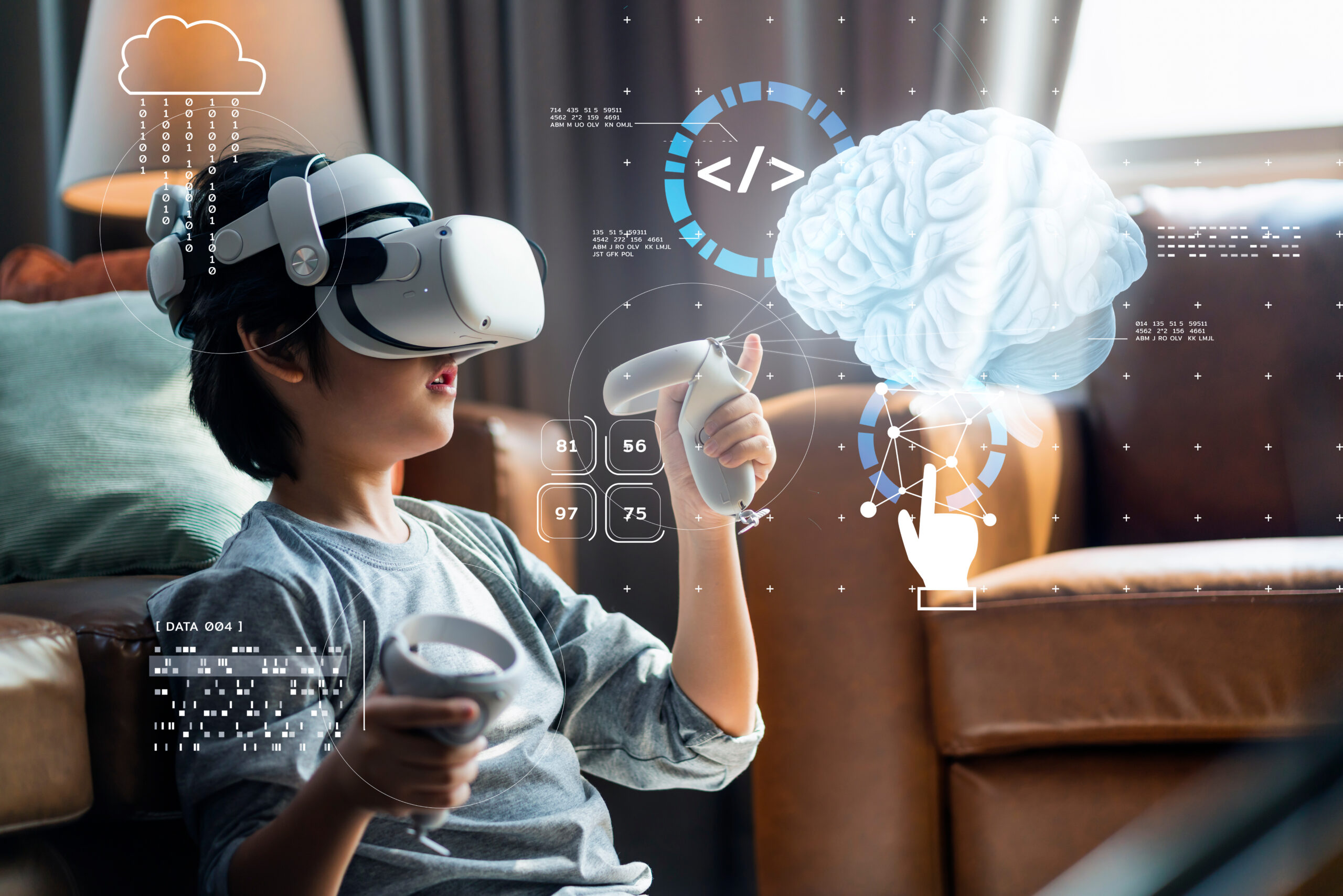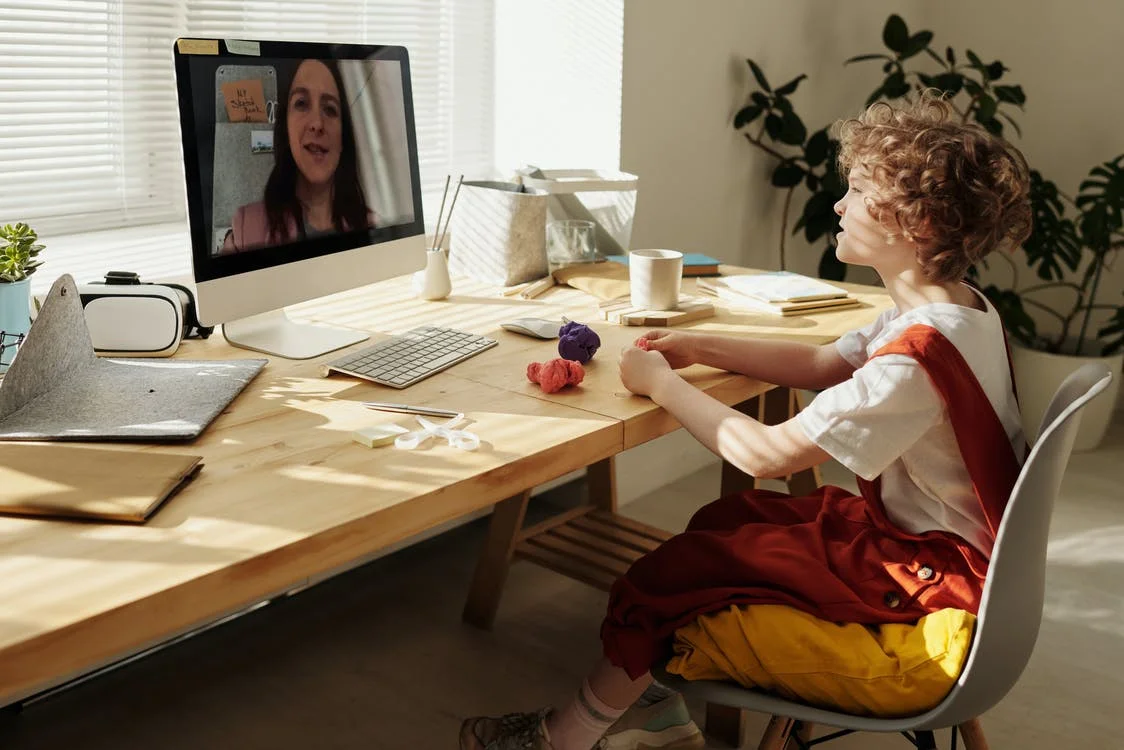Revolutionizing Education through Immersive Experiences 🕶️
In the world of education, the traditional field trip is evolving. With the rise of Virtual Reality (VR), students can now explore distant countries, historical landmarks, and even outer space—all from the comfort of their classroom or home. VR technology is opening new doors for immersive learning experiences that go beyond textbooks and classroom walls.
Virtual Reality (VR) Field Trips offer a way to experience the world without stepping outside. These digital excursions transport students and learners to environments that are often inaccessible or too expensive for traditional school trips. Whether it’s walking through the Pyramids of Egypt, diving into the Great Barrier Reef, or visiting the International Space Station, VR field trips have the power to inspire, engage, and educate.
In this article, we will explore the benefits, applications, and future of VR field trips in education. Plus, we’ll show you how to craft engaging, professional content for your website, integrating emojis to make it more attractive and approachable. Let’s dive in! 🚀
1. What are Virtual Reality (VR) Field Trips? 🌍
A Virtual Reality (VR) Field Trip is an immersive learning experience that uses VR technology to transport students to different locations, environments, or time periods. Unlike traditional field trips that require transportation, planning, and large budgets, VR field trips allow learners to explore virtually any location in the world—or beyond—using VR headsets or mobile devices.
Key Features of VR Field Trips:
- Immersive Experiences: The user is placed in a 360-degree digital environment that replicates a real-world or fictional location.
- Interactive Elements: Students can often interact with objects or environments within the VR field trip, enhancing engagement and learning.
- Access to Hard-to-Reach Locations: Students can explore places that are otherwise inaccessible, like the deep ocean, historical ruins, or even Mars!
- Educational Content: VR field trips are often paired with educational content to explain what the students are seeing, creating a deeper understanding of the location or subject.
2. Why Virtual Reality Field Trips Matter? 🎓
1. Expanding Access to Education 🌐
Traditional field trips come with many challenges—travel logistics, costs, and safety concerns. For schools with limited budgets or in remote locations, VR field trips level the playing field by providing equal access to enriching experiences. A school in a small town can visit the Louvre in Paris or explore the Great Wall of China without leaving their campus.
2. Engaging and Interactive Learning 🧠
One of the core benefits of VR field trips is their immersive and interactive nature. Rather than simply reading about historical events or distant places, students get to experience them firsthand. Imagine walking through ancient ruins, examining wildlife in their natural habitats, or floating in space—all of these experiences provide a deeper, more memorable learning experience.
3. Experiential Learning Opportunities 💡
VR field trips offer hands-on learning without the need for physical materials. For example:
- Science students can perform virtual labs to conduct experiments safely.
- History students can walk through ancient Rome, interacting with the culture, architecture, and art of the time.
- Geography students can explore diverse ecosystems, from the icy polar caps to the tropical rainforests.
This experiential learning fosters critical thinking, problem-solving, and a deeper understanding of the subject matter.
4. Engagement and Retention 📚
Studies show that interactive learning increases engagement and knowledge retention. VR, as a fully immersive medium, is particularly effective in keeping students focused and excited about the material. The ability to explore, interact, and learn through experience leads to better comprehension and longer-lasting memories.
3. Benefits of VR Field Trips in Education 🏫
1. Cost-Effective Learning Opportunities 💸
Traditional field trips can be expensive when you factor in transportation, accommodations, and meals. VR field trips significantly reduce costs since they eliminate the need for travel and accommodations. This allows schools to provide students with more frequent, diverse, and enriching learning experiences at a fraction of the cost.
2. Overcoming Geographic Barriers 🌍
Not all students have the opportunity to visit far-flung destinations. VR field trips break down these barriers by allowing students from any location to explore destinations that may otherwise be inaccessible due to cost, location, or safety concerns. It’s a great way to ensure inclusive education for all.
3. Encouraging Collaborative Learning 🤝
Many VR field trips come with collaborative elements, allowing students to engage with each other as they explore new locations. They might work together to solve challenges, discuss observations, or share insights, fostering teamwork and communication skills. This also promotes peer-to-peer learning and enhances the social aspect of education.
4. Personalized Learning Experience ✨
Students can move through VR field trips at their own pace. Some VR platforms offer interactive quizzes, games, and missions that students can complete as they explore. This allows students to tailor their learning experience based on their interests and knowledge level. It also allows for self-directed learning, where students take the initiative to explore new concepts and topics.
4. How Virtual Reality Field Trips Enhance Different Subjects 📚
1. History ⏳
Imagine walking through the Colosseum in Rome or experiencing life in Ancient Egypt. VR field trips enable students to step back in time and explore historical landmarks and significant events. This type of immersive history brings the past to life, allowing students to connect with historical figures, learn about cultural heritage, and visualize key moments in time.
2. Geography & Earth Science 🌍
From the Amazon rainforest to the Great Barrier Reef, VR allows students to explore geographical landmarks and ecosystems. VR field trips can also include volcanic eruptions, earthquakes, or hurricanes in action—giving students a real-time experience of natural events. This is a powerful way to make abstract concepts like plate tectonics, climate change, and environmental science more tangible and engaging.
3. Science & Technology 🧬
In a VR environment, students can explore the human body, cells, and molecules up close, or virtually conduct experiments in fields like chemistry and physics. Virtual trips to space allow learners to explore planets, stars, and galaxies. Through VR, students can gain a deep understanding of complex scientific concepts by interacting with them directly in a 3D space.
4. Art & Culture 🎨
Students can explore famous art museums like the Louvre, Metropolitan Museum of Art, or the Vatican Museums without leaving the classroom. Virtual reality also allows for the exploration of different cultural practices and art forms, providing a global perspective that enhances cultural appreciation and creativity.
5. How VR Field Trips Are Shaping the Future of Education 🔮
1. Accessibility for All Students 👩🦽
One of the most significant advantages of VR is its ability to make education accessible to students with disabilities. Those who may not be able to travel physically due to mobility issues can still experience virtual field trips to museums, national parks, and even outer space. VR can also cater to students with sensory sensitivities by customizing the experience to their needs.
2. Supporting Remote Learning 🌐
The COVID-19 pandemic forced education to move online, and VR field trips are a natural extension of this. VR field trips can complement online learning by providing immersive experiences that students would not get from traditional digital learning tools. As hybrid and remote learning continue to grow, VR will play a significant role in bridging the gap and offering interactive, real-world experiences.
3. Gamified Learning Experiences 🎮
Incorporating gamification into VR field trips makes learning even more engaging. Students can complete challenges, collect rewards, or race against the clock as they explore different virtual environments. This type of game-based learning enhances student engagement and motivates them to explore further.
4. Teacher Training and Development 👨🏫
Teachers can also use VR to experience the educational materials themselves before teaching them in the classroom. This hands-on approach helps educators better understand how to guide students through these immersive environments. VR can also be used to train teachers in new teaching methods or scenarios, such as managing a virtual classroom or using VR for subject-specific lessons.
6. Popular VR Field Trip Tools and Platforms 🖥️
There are several platforms and tools that make VR field trips possible. Here are some of the top-rated options for both educators and students:
1. Google Expeditions 🌎
Google Expeditions is one of the most popular tools for virtual field trips. With hundreds of pre-made VR tours, educators can take


